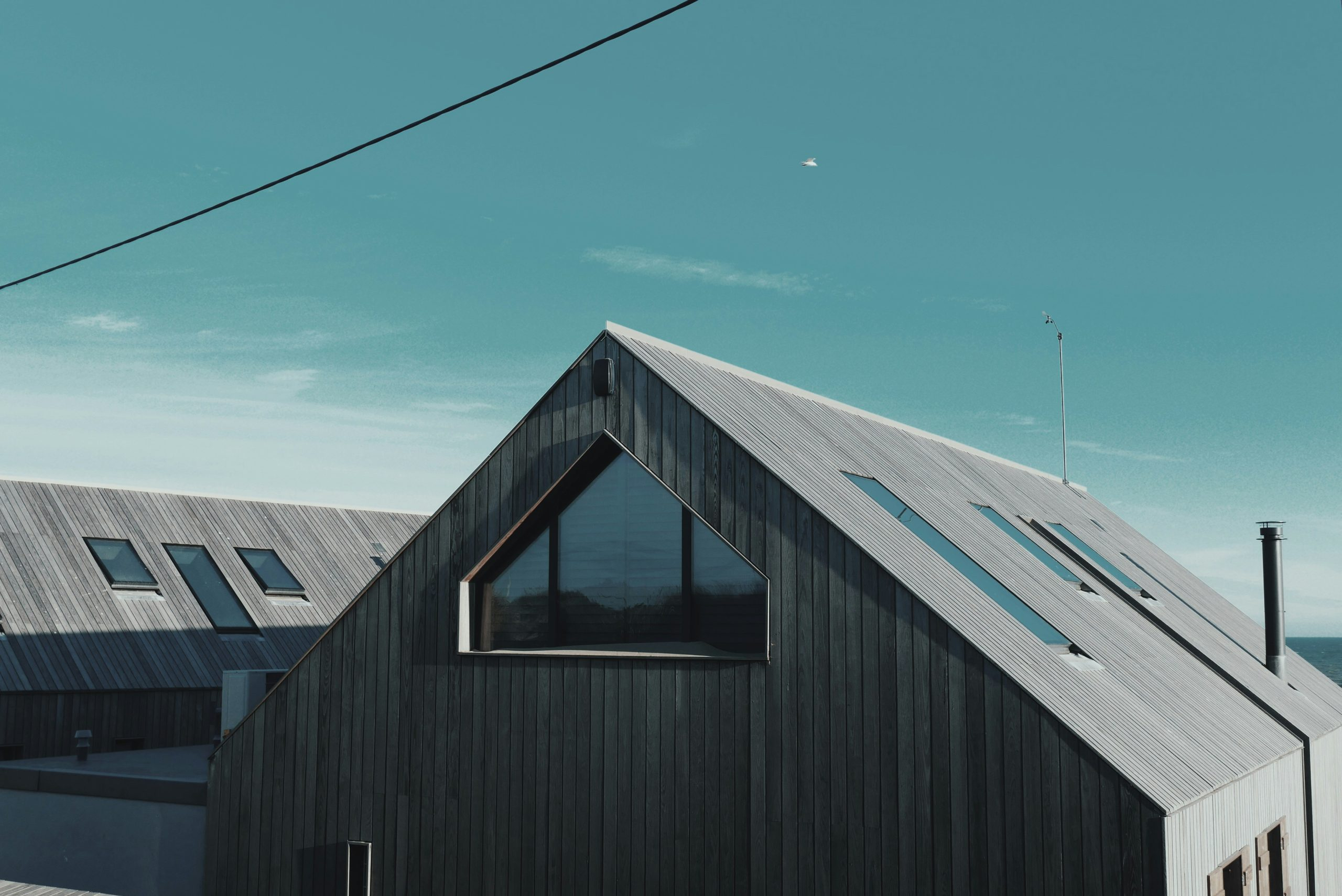Dead Mall Revivals: Retail-to-Residential Conversion Blueprints
The decline of traditional brick-and-mortar retail stores has been an ongoing trend for years. With the rise of e-commerce and the convenience of online shopping, many malls and shopping centers have been struggling to attract customers and generate profits. As a result, once-bustling shopping destinations are now known as “dead malls” – abandoned and decaying structures that serve as a reminder of a bygone era. However, with the recent surge in demand for housing and the growth of urban areas, these dead malls are finding new life through retail-to-residential conversions.
The Concept of Retail-to-Residential Conversion
Retail-to-residential conversion involves repurposing abandoned or underperforming malls and shopping centers into residential spaces. This process not only breathes new life into these once-dead malls but also satisfies the demand for housing in desirable locations. The idea of converting retail spaces into homes has gained traction in recent years, with developers and investors making significant investments in these projects.
The Advantages of Retail-to-Residential Conversion
Revitalizing Abandoned Spaces
One of the main advantages of retail-to-residential conversion is the revitalization of abandoned spaces. Many dead malls are eyesores in their current state, negatively impacting the surrounding community and property values. By converting these spaces into residential areas, these once-dead malls are given a new purpose and bring new life to the surrounding area.
Meeting Housing Demand
In many urban areas, there is a significant demand for housing. However, the limited availability of land makes it challenging to find suitable locations for new developments. Retail-to-residential conversion presents an opportunity to utilize existing structures and meet the growing demand for housing. It also allows for the development of housing in desirable locations, such as suburban areas with good school districts and access to amenities.
Cost Savings
Repurposing existing structures into residential spaces can be a cost-effective option compared to new construction. A significant part of the structure, such as the foundation, walls, and roof, can be utilized, reducing the need for new materials and labor. This can result in significant cost savings for developers, making retail-to-residential conversion a financially attractive option.
The Process of Retail-to-Residential Conversion
The process of retail-to-residential conversion involves several steps. It starts with finding a suitable location and conducting a feasibility study to determine the viability and potential profitability of the project. Architects and engineers are then brought in to assess the structural integrity of the building and develop plans for the conversion.
Once the plans are approved, the actual renovation and development work begin. This can involve significant changes to the interior and exterior of the structure, such as adding new rooms, windows, and balconies. Amenities such as gyms, pools, and communal spaces may also be added to attract potential residents.
Examples of Successful Dead Mall Revivals
Providence Arcade, Rhode Island
The Providence Arcade, built in 1828, was once a bustling shopping destination but eventually fell into disrepair. In 2008, the building was put up for sale, and a developer saw potential in converting the space into micro-apartments. The 48-unit residential building opened in 2013 and has been a success, with a waiting list for available units.
The Arcade, Nashville
The Arcade, built in 1902, was once a thriving retail hub in downtown Nashville. However, by the 1980s, the building was almost entirely vacant, and it wasn’t until 2002 that it was purchased by a developer with plans for a retail-to-residential conversion. Today, the building houses 58 residential units, with retail and dining establishments on the ground floor.
The Dayton Arcade, Ohio
The Dayton Arcade, a complex of five connected buildings, was once a bustling retail center but had been vacant since 1991. In 2019, a $90 million redevelopment project was announced, which would convert the space into a mixed-use development with retail, office, and residential spaces. The first phase of the project, which includes 56 affordable housing units, is expected to be completed in early 2021.
The Future of Retail-to-Residential Conversions
As the demand for housing continues to grow, the future of retail-to-residential conversions looks bright. These projects not only revitalize abandoned spaces but also provide much-needed housing in desirable locations. While there are challenges involved, such as repurposing the existing structure and obtaining necessary permits, dead mall revivals have proven to be a successful and profitable investment for many developers.
In Conclusion
Retail-to-residential conversion is a win-win solution for both developers and the community. It not only breathes new life into abandoned retail spaces but also meets the increasing demand for housing. With the growing success of dead mall revivals, we can expect to see more of these conversions in the future, giving new meaning to the phrase “out with the old, in with the new.”










